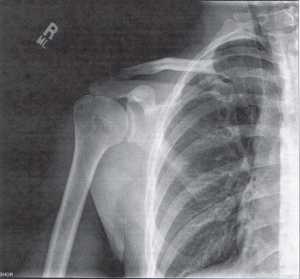Author Interviews, Hematology, NEJM, Orthopedics, Thromboembolism / 22.02.2018
Aspirin or Rivaroxaban for VTE Prophylaxis after Hip or Knee Arthroplasty?
MedicalResearch.com Interview with:
Dr. David R. Anderson, MD, FRCPC, FACP
Faculty of Medicine Dean, Professor
Dean, Faculty of Medicine
Division of Hematology, Department of Medicine
& Nova Scotia Health Authority
MedicalResearch.com: What is the background for this study? What are the main findings?
Response: Blood clots in the lungs (pulmonary embolism) and veins of the legs (deep vein thrombosis) are well recognized complications following total hip and knee arthroplasty surgeries. Prior to the routine use of antithrombotic prophylaxis, pulmonary embolism was the most common cause of death following these procedures. Oral anticoagulants such as rivaroxaban are commonly prescribed for the indication of preventing blood clots following total hip or knee arthroplasty. For maximal benefit these agents are continued following surgery for up to five weeks following total hip arthroplasty and for two weeks following total knee arthroplasty.
There is evidence that aspirin has some benefit for the prevention of deep vein thrombosis and pulmonary embolism following total hip or knee arthroplasty. However there is less evidence for its benefit than for oral anticoagulants. We reasoned that aspirin would potentially be an attractive alternative for extended out of hospital prophylaxis following total hip or knee arthroplasty for patients who received a short course (5 days )of rivaroxaban following surgery. Aspirin would be attractive for this indication because of its low cost, ease of use, and low rates of side effects.
Our study demonstrated that in a randomized controlled trial involving a large group (over 3400) of patients undergoing total hip or knee arthroplasty that extended therapy with aspirin was comparable to rivaroxaban for the prevention of deep vein thrombosis and pulmonary embolism following surgery. Low rates of complications (< 1%) were observed with both treatment arms. We also found that rates of clinically important bleeding complications (the most common side effect with antithrombotic drugs) were uncommon and similar with the two agents.
(more…)



